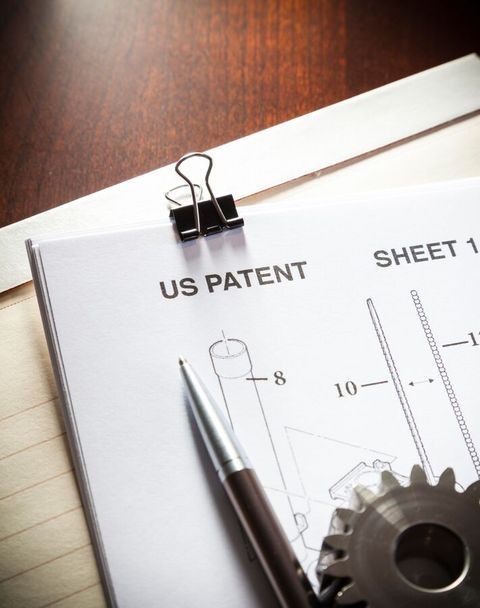Design Protection
Overview
For many companies, product design ownership is key to gaining or maintaining competitive advantage. Knowing the best intellectual property avenue to use for product design protection, however, can be complicated and even daunting. Design patents, product configuration trade dress, industrial designs, and even copyrights may provide for potential protection. These various intellectual property “tools” are utilized less often for designs than they are for other types of IP assets, such as traditional word/logo trademarks or utility patents.
Contacts
Insights
Client Alert | 3 min read | 10.03.23
USPTO Grants One Millionth Design Patent; When Will You Get Yours?
The U.S. Patent and Trademark Office (USPTO) recently issued the one millionth U.S. Design Patent on September 26, 2023. U.S. Design Patent 1,000,000 is directed toward the ornamental design of a dispensing comb and was issued to Agustina Huckaby, an inventor and licensed cosmetologist from Fort Worth, Texas. This significant milestone, 181 years after the first design patent was issued in 1841, comes during a time of increased interest in design patents. The USPTO reports that in 2022, more than 50,000 design patent applications were filed, and that the USPTO has seen an 20% increase in design applications over the past five years.
Event | 06.28.23
Client Alert | 7 min read | 06.13.23
Unpacking the European Commission’s EU Design Reform Package
Client Alert | 51 min read | 12.14.22
Ikea’s Battle Against Horror Games: The Importance of Intellectual Property Rights
Professionals
Insights
Client Alert | 3 min read | 10.03.23
USPTO Grants One Millionth Design Patent; When Will You Get Yours?
The U.S. Patent and Trademark Office (USPTO) recently issued the one millionth U.S. Design Patent on September 26, 2023. U.S. Design Patent 1,000,000 is directed toward the ornamental design of a dispensing comb and was issued to Agustina Huckaby, an inventor and licensed cosmetologist from Fort Worth, Texas. This significant milestone, 181 years after the first design patent was issued in 1841, comes during a time of increased interest in design patents. The USPTO reports that in 2022, more than 50,000 design patent applications were filed, and that the USPTO has seen an 20% increase in design applications over the past five years.
Event | 06.28.23
Client Alert | 7 min read | 06.13.23
Unpacking the European Commission’s EU Design Reform Package
Client Alert | 51 min read | 12.14.22
Ikea’s Battle Against Horror Games: The Importance of Intellectual Property Rights
Contacts
Insights
Client Alert | 3 min read | 10.03.23
USPTO Grants One Millionth Design Patent; When Will You Get Yours?
The U.S. Patent and Trademark Office (USPTO) recently issued the one millionth U.S. Design Patent on September 26, 2023. U.S. Design Patent 1,000,000 is directed toward the ornamental design of a dispensing comb and was issued to Agustina Huckaby, an inventor and licensed cosmetologist from Fort Worth, Texas. This significant milestone, 181 years after the first design patent was issued in 1841, comes during a time of increased interest in design patents. The USPTO reports that in 2022, more than 50,000 design patent applications were filed, and that the USPTO has seen an 20% increase in design applications over the past five years.
Event | 06.28.23
Client Alert | 7 min read | 06.13.23
Unpacking the European Commission’s EU Design Reform Package
Client Alert | 51 min read | 12.14.22
Ikea’s Battle Against Horror Games: The Importance of Intellectual Property Rights
















